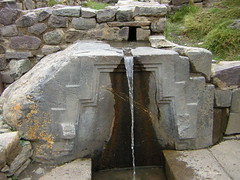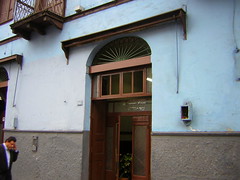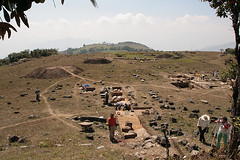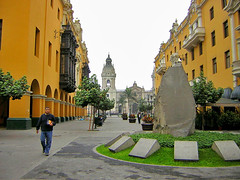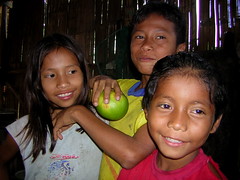Chile: Iquique – heat at last
The northern-most region of Chile is a land of barren rock and the driest desert in the world. One that has no recorded rainfall – ever. This inhospitable region is huge, towns and cities are hundreds of kilometres apart.
The entire region was once Peruvian and Bolivian territory until nitrates were discovered that could be exported at great value – so much value that Chile decided they wanted it and took it in the War of the Pacific, making themselves rich and subjecting Bolivia to poverty and landlocked status. The Chileans, who did not have the expertise to extract the nitrate, called on British and German companies to run the mines. The cities in the region grew when the mining towns were abandoned when the industry collapsed on the German invention of synthetic nitrates during WWI. Herein lays Iquique’s history.
I was very impressed with Iquique – it was a lot less like Chile and a lot more like Peru, as such it was livelier and more interesting. Being in the desert, with many buildings pre-dating the Chilean invasion, it looks quite similar to Lima in some ways. It has a massive sand dune looming over the back of the city, much larger than Lima’s equivalents.
The first images show the less prosperous areas of the city and the looming cerro at the back. With my images padded with photos of historic buildings we move on to the Plaza Prat, the main plaza in the city. In the center, along with waterworks, is a clock tower (or Torre Reloj – very inventive name). The Moorish-looking clock is the city’s symbol. Behind it is the Teatro Municipal, a theatre built in 1890 as an opera house and performed in by the most famous singers of the time of the nitrate boom.
Calle Baquedano, the main historic attraction of the city, is a splendidly preserved and maintained turn of the century street lined with historic timber houses with a working tramline – it gives you a very authentic look and how the city would appear in its heyday.
From here my photos show the beaches that line the southern end of the city towards the wealthy suburbs, and the view of the city from the sand dunes above.
Tags: chile, iquique, war of the pacific



